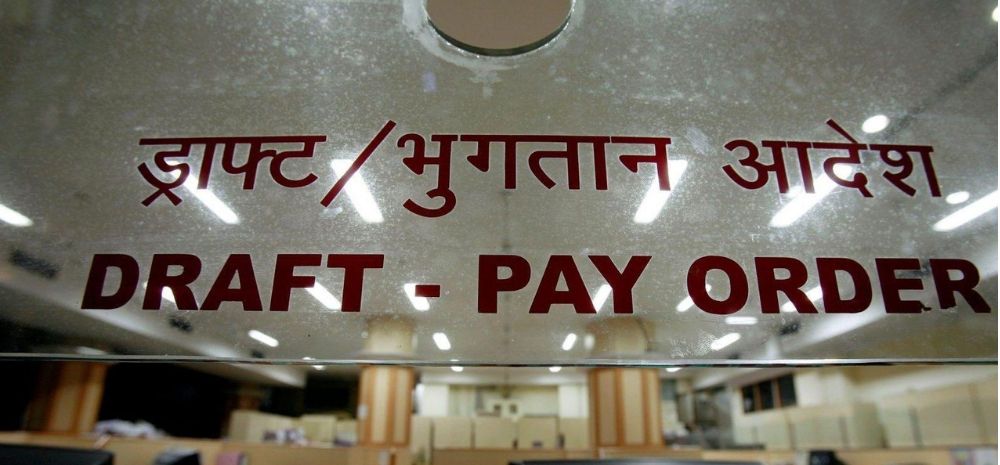Only 4 Govt Banks Now? Govt Determined To Sell PSU Banks, PSU Firms To Raise Money

Only 4 Govt Banks Now? Govt Determined To Sell PSU Banks, PSU Firms To Raise Money
The number of public sector banks (PSBs) could be shrunk from 12 to 4 now, via privatisation or consolidation.
On July 22, Department of Investment and Public Asset Management (DIPAM) secretary Tuhin Kanta Pandey said that the new policy proposed by the Centre to have not to more than 4 Public Sector Undertakings (PSUs) in each ‘strategic sector’ is expected to apply to the banking space too.
Read on to find out more…
Will Privatisation Get India Out of the Economic Down-Slide?
The finance minister Nirmala Sitharaman, on May 17, had announced that the Centre is set to roll out a new policy to privatise Central Public Enterprises (CPSEs) in non-strategic and strategic sectors in order to open all the industries to private players.
She had said, “In strategic sectors, at least one enterprise will remain in the public sector but private sector will also be allowed.”
She also said the number of enterprises in the strategic sector will be limited to 4 so as to minimise wasteful administrative costs. The other enterprises will be privatised or consolidated or brought under holding companies.
This new move is a part of the new, clear-cut privatisation policy made to boost the formation of a few global-size entities in each important economic segment, especially in energy and banking sectors.
The slowing economy has had a massive negative impact on the government’s tax revenues.
The Centre’s non-tax revenues will see a steep escalation as a result of the privatisation. This consequent and major benefit will help it restore the country’s fiscal strength.
At an event organised by industry body Ficci, Pandey refused to elaborate on the new policy.
When asked about privatisation and consolidation of PSBs, Pandey said, “We are very closely working with the department of financial services and I think the general framework will be the same as the finance minister announced…it is in the works, and to be out soon,”
However, Pandey said, “a broader vision is not just restricted to commercial enterprises”.
Pandey added, “The idea is that you’re trying to give more space to the private sector in terms of brownfield investments. But, at the same time, the government has to see that assets are sold at the right value as we have got some strategic disinvestment taking place on a regular basis.”
India’s Ambitious Divestment Plans Of FY21!
According to official sources, the Centre’s much-awaited new policy to determine strategic/non-strategic sectors is expected to identify 16 ‘strategic sectors.
In its 6 years of rule, the Modi government has absorbed Rs 3.29 lakh crore via disinvestment. This figure is over three times of what was raised between 2004 and 2014 through minority stake sales.
In the past 6 years, around Rs 66,000 crore was raised through strategic disinvestment, although most of it was via PSU-to-PSU deals. It now plans to achieve an ambitious disinvestment target of Rs 2.1 lakh crore, almost four times the amount raised via stake sales in FY20.
Pandey highlighted, “We are shifting gears to the new territory, a very important territory of privatisation.”
With COVID-19 resultant lockdown and international travel ban, DIPAM is engaged with potential investors for the privatisation of the Bharat Petroleum Corporation Limited (BPCL) and Air India.
It has granted extensions for submission of expression of interest for these PSUs. Government extended the deadline to bid for Air India for the third time last month till August 31 and also extended the deadline of privatizing BPCL till July 31.
Similarly, it is now in the process of selection of merchant bankers for the proposed listing of insurance giant of India, LIC. Sale of BPCL and LIC IPO are crucial for achieving the FY21 divestment goals.
The Recent History of the Mergers in the Banking Sector!
Earlier in March, the Cabinet had approved the proposed amalgamation of 10 PSBs to create 4 larger banks. The largest merger of this proposition was the merging of Oriental Bank of Commerce and United Bank into Punjab National Bank (PNB).
This exercise would create the country’s second largest state-run bank after State Bank of India (SBI), with a total business of close to Rs 18 lakh crore.
Similarly, Syndicate Bank was to be merged with Canara Bank, Andhra Bank and Corporation Bank were to be amalgamated into Union Bank, Allahabad Bank to be merged with Indian Bank.
The aim of the consolidation exercise was aimed at creating only a few (6-7) but robust banks to support the rising credit appetite of the economy. The goal was to help reverse the downfall of the economic growth and reduce expenditure through combined workforce.
Each of the consolidated entities, that came into effect in April this year , has a business of over Rs 8 lakh crore.
On one hand, privatisation can help India out of a major economic downfall, although on the other it does go against ‘Atma Nirbhar Bharat’ initiative. Do you think divestment is a good idea or a bad one?

Comments are closed, but trackbacks and pingbacks are open.